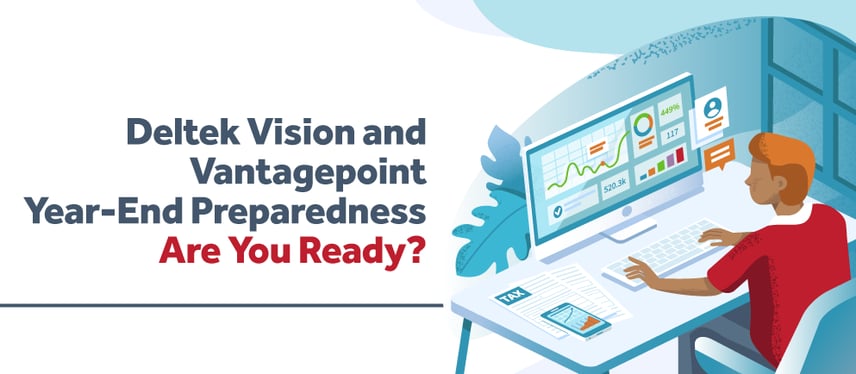The Unknown Features of Timesheets in Deltek Vantagepoint
 The necessity to turn in timesheets every two weeks is never at the forefront of your employees' minds. They are focused on their day-to-day tasks. Some employees stay ahead of the game and create their timesheets as they go. Others are swamped with their workload and struggle to keep them current and completed on time. However, it is essential in nearly every industry to keep the circle of business moving and income coming in. So features are needed to make the timesheet process seamless and most efficient.
The necessity to turn in timesheets every two weeks is never at the forefront of your employees' minds. They are focused on their day-to-day tasks. Some employees stay ahead of the game and create their timesheets as they go. Others are swamped with their workload and struggle to keep them current and completed on time. However, it is essential in nearly every industry to keep the circle of business moving and income coming in. So features are needed to make the timesheet process seamless and most efficient.
Poor timesheet management inherently leads to inefficient processes later. Miscoding timesheets may cause imprecise reports and incorrect invoices. It could also require additional time to correct and transfer time to the proper projects. Most importantly, incorrect timesheet entry affects the cash flow of your company, due to delaying the processing of client invoices.
In Deltek Vantagepoint, the process has been simplified and made more user-friendly for the end user. To start, timesheets should be entered daily and submitted on time. Secondly, project managers must always ensure they are reviewing the timesheets. Timesheets should then be corrected before they are posted to the project.
Features of Timesheets in Deltek Vantagepoint to Improve Efficiency
Accurate and efficient timesheet management policies and procedures are necessary and should be incorporated into your culture. This, along with daily entries and strict deadlines for timesheet submissions. Fortunately, Deltek Vantagepoint has a variety of tools to help assist project managers in this process.
- Floor Checks can help you ensure that your employees complete their timesheet entries on time. You can do a floor check to review the status of time entries for your employees for a specific period or day. This will show the employees’ expected hours versus the actual hours that were entered. Additionally, there is email functionality available, so you can email your employees directly and let them know to complete their timesheets. You can enable notifications within the system or create email templates for the reminders.
- Unposted Labor Report is a standard project report that shows all timesheet data in unposted transaction entry files and all timesheets that are in progress, submitted, or approved but not posted. This enables project managers to see what has been charged to their projects before they are posted. It is preferred to correct the timesheets before they are charged to the projects.
- Project Reports with Unposted Time can be included in project reports by using the unposted time option. Project managers can then see the labor that is charged to their projects throughout the time period.
- Line-item Approval allows project managers to have control over their project labor costs to make sure labor is posted to the correct project. It allows project managers to only see their projects when in the approval stage. Vantagepoint will let you know if only part of the line items subject to line-item approval have been approved, yet others have not been approved or have been rejected.
- Timesheet Audit Trail allows you to see if there has been a change made to the timesheet after it has been saved or submitted. You can make timesheet comments required, or just track the change without additional explanation. Audit trails can be used to track billing transfers. You may find the timesheet audit trail in employee reporting.
- Copy from Prior Timesheet option allows you to copy projects you have previously or frequently charge time to. You can select this option once in your current timesheet. This option saves you from having to create your project list repeatedly for frequent projects. Timesheet comments are also saved in a drop-down box to select from. So, if you have used the same comment previously, you may select that option versus having to write the same thing repeatedly.
- Deltek Time & Expense for Vantagepoint app is now available to access your timesheets when you are on the go. Not in front of your computer? No problem. You can capture expenses from anywhere and upload receipts immediately. Approvers may also approve timesheets and send reminders to employees via the mobile app. Keeping up with your timesheets has never been easier!
Get Your Timesheets Done with Deltek Vantagepoint
With all of these amazing features in Deltek Vantagepoint at your fingertips, timesheet management is within your grasp. Keep the circle of business moving, and that income coming in. Start with daily timesheet reminders, and eventually, you will develop a plan that makes timesheet management best practices part of your firm’s culture.



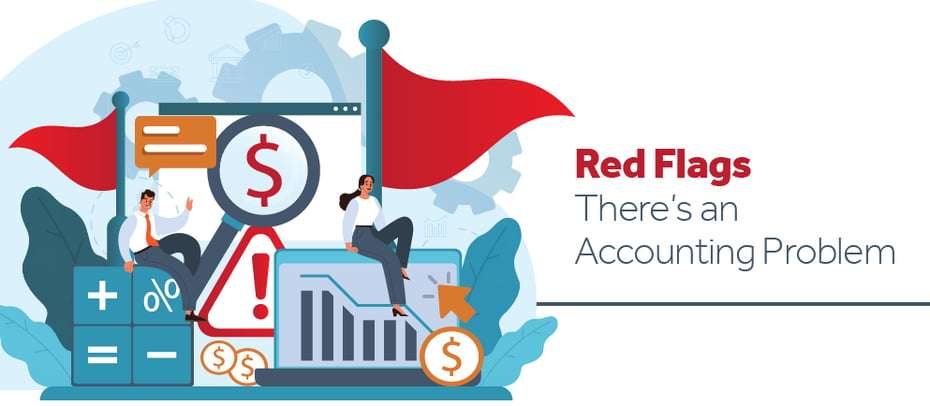




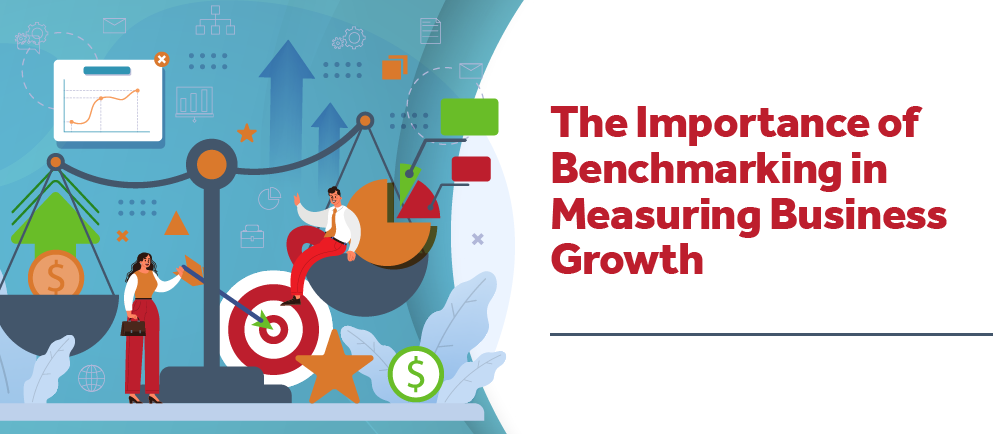

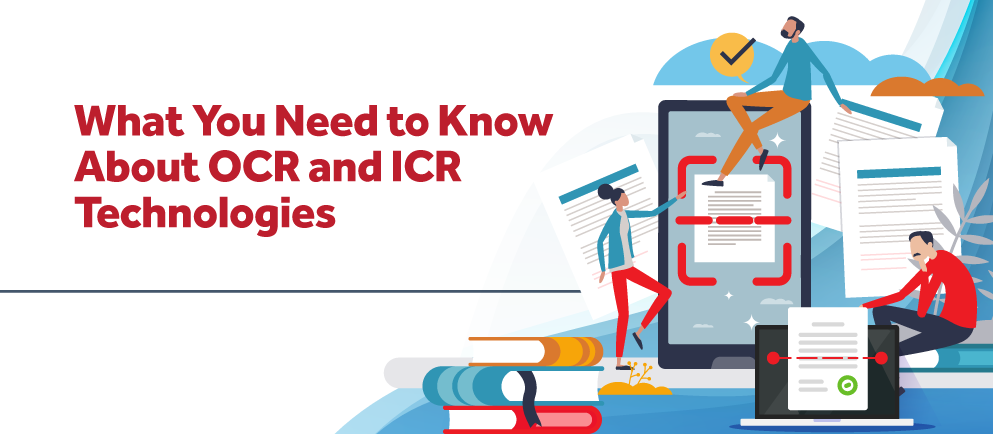

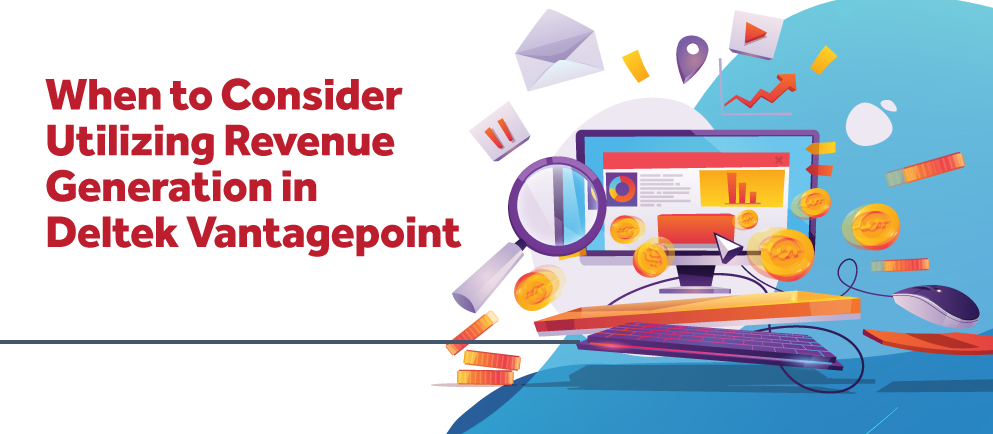
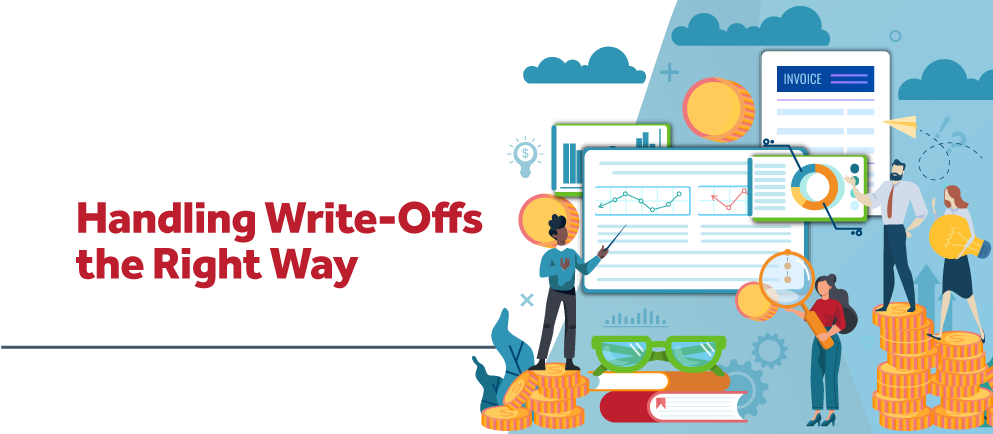

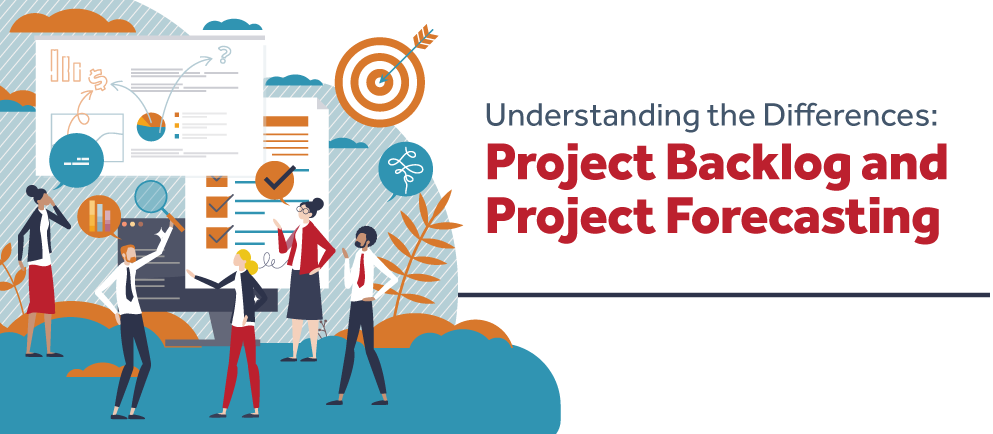 If you're neck-deep in the world of professional services consulting, you know that staying on top of your financial game isn't just about counting beans; it's about smart planning and even smarter execution. That's where getting cozy with project backlog and project forecasting comes into play. They're like the dynamic duo of the project management world, and if you're in charge of the purse strings or the big decisions at your professional services firm, you'll want to give these two the attention they deserve.
If you're neck-deep in the world of professional services consulting, you know that staying on top of your financial game isn't just about counting beans; it's about smart planning and even smarter execution. That's where getting cozy with project backlog and project forecasting comes into play. They're like the dynamic duo of the project management world, and if you're in charge of the purse strings or the big decisions at your professional services firm, you'll want to give these two the attention they deserve.